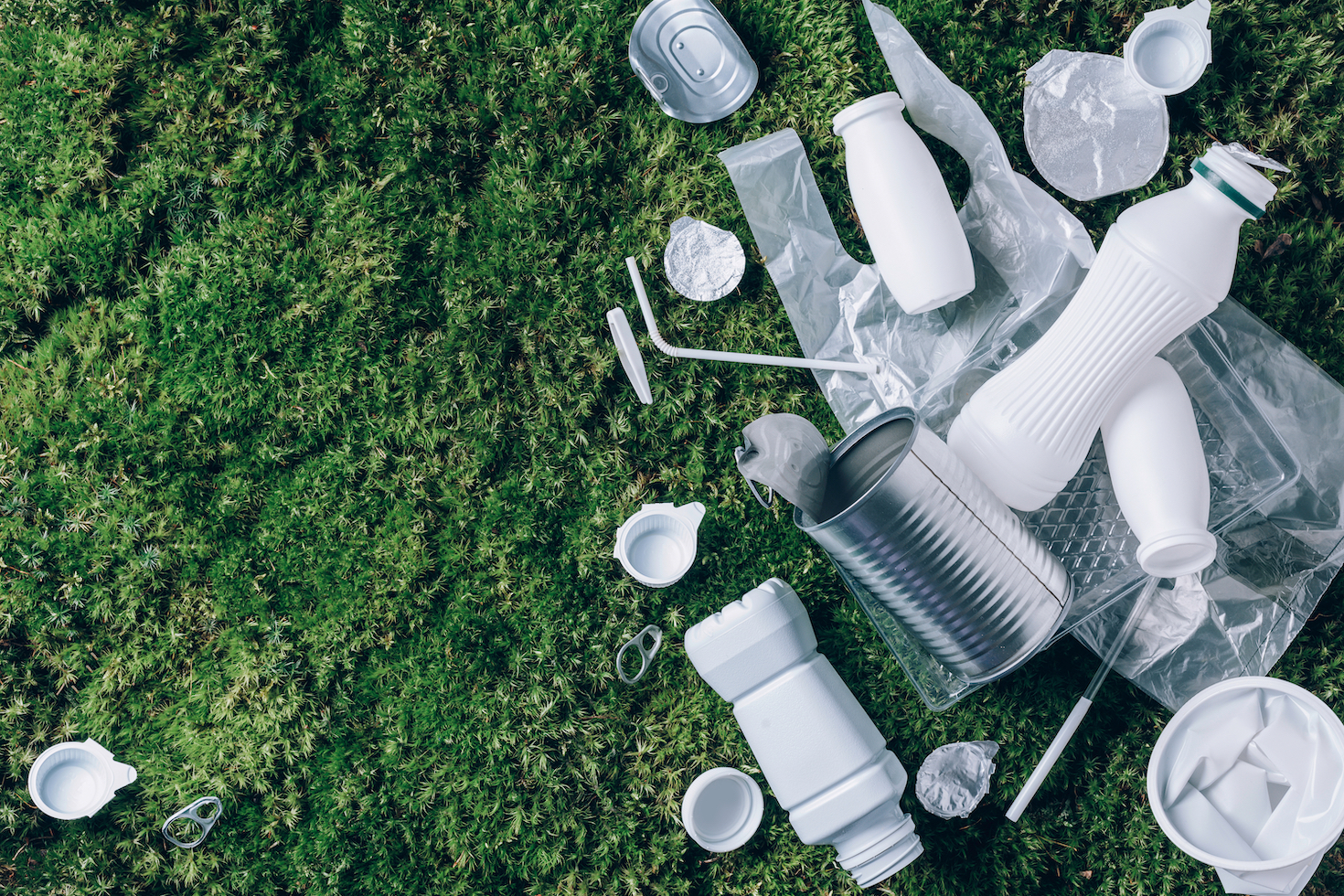What’s contributing to climate change? Everyone can probably name a few of the culprits: how we get around; how we produce energy; and maybe what we eat. Less top of mind? The things we buy, including what they’re made out of and how they’re packaged.
For companies wanting to decarbonize, focusing solely on energy can stall efforts to tackle equally important sources of emissions. A 2019 report by Material Economics and the Ellen MacArthur Foundation (EMF) calculated that "materials" (defined as aluminum, plastic, cement, steel and food) account for 45 percent of global emissions. That means nearly half of our climate change problem requires an entirely different set of solutions from the ones currently getting most of the attention, such as electrification.
Despite the importance of this finding, it doesn’t seem to have worked its way into the sustainable packaging dialogue. We talk about recycling, the circular economy and other ways to use materials more effectively, but we don’t talk about why. We don’t talk about climate change.
EMF’s Global Commitment, for example, includes 6 of the 10 largest fast-moving consumer goods (FMCG) companies as signatories. Not a single one links their packaging goals to their climate goals. In fact, the 2023 progress report doesn’t include the phrase "climate change" at all. Although companies such as Nestle, PepsiCo and L’Oreal have made commitments to decrease virgin plastic use, increase post-consumer recycled content and move toward reuse models, these goals have been kept in isolation from those companies’ Science Based Targets, CDP reports and commitments toward net-zero emissions.
So what exactly is the connection? Let’s review two simple truths:
1. Packaging materials require resource extraction, which results in emissions
All materials used for packaging — fossil fuels, trees, bauxite ore, sand, sugar cane and more — must be extracted. Even recycled packaging requires collection, sorting and repulping or re-pelletizing. No matter their composition, all packaging materials carry a carbon cost, and every step of their processing results in emissions.
Thus the first equation to remember is: Materials = extraction = emissions
2. Packaging materials typically create waste, which results in emissions
Whether they’re burned, dumped or landfilled (the sites that actually produce 14 percent of U.S. methane emissions), disposed packaging materials create emissions. We’ve also largely ignored the opportunity to divert food out of landfills using packaging. Plus, poor packaging design — large pack sizes and no resealability — leads to more food waste and, you guessed it: more emissions. Yet few food companies are thinking about this as they work on their packaging.
The second equation to remember is: Materials = waste = emissions
No matter their composition, all packaging materials carry a carbon cost, and every step of their processing results in emissions.
It’s time to start doing the math on the above equations. We need to extract fewer resources and create less waste to reduce emissions. Less materials = less extraction and waste = lower emissions
How can companies making and using packaging start to think more holistically about packaging and carbon?
Integrate packaging goals (and progress) with climate goals
It all starts with folding your packaging goals into your climate goals. Setting a goal to use 20 percent recycled content in your packaging? Fold it under your goals to reduce your organization’s carbon footprint or get to net zero, and talk about both in one place on your website and sustainability reports. Ask your suppliers about their recycled content with the same questionnaires you’re using to ask about renewable energy portfolios. When it comes time to measure progress, calculate the avoided emissions from using recycled materials instead of virgin materials and count that as a win for your carbon goals. Do the same for your other packaging goals, such as phasing
Read More

